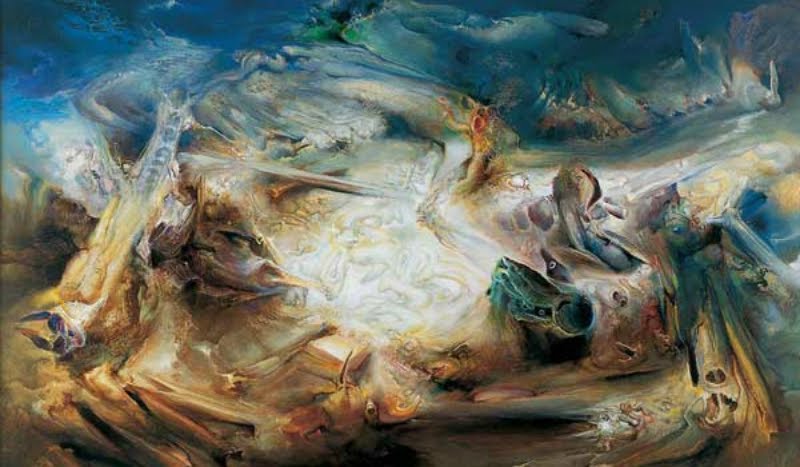On my recent holiday back to Australia, I had the opportunity to read Frank Rose's '
The Art of Immersion', and as was to be expected with anything that delves into transmedia, it had me completely absorbed. Rose doesn't offer any sort of blue-print or road map about how transmedia ought to work, but rather gives up a survey of many fascinating examples of transmedia from recent years.
Similar structurally to Henry Jenkin's 'Convergence Culture' which I read a couple of years back (it even goes over some of the same examples), it captures transmedia activities from the last few years. The pleasure from the book comes from the anecdotes and discussions with the producers of transmedia - I loved the insight into Howard Roffman's role in the creation of the Star Wars bible at Lucasfilm, the world that Cameron built for Avatar, or even the happiness factory for Coca-Cola. Perhaps the most fascinating aspect of the book for me was the discussion of brain function in relation to games and dopamine release - it provided a simple and useful understanding.
It would be nice to have a comprehensive survey listing all the transmedia narratives that have been attempted to date, perhaps with some sort of categorization for narrative that were intended to be transmedia, and those that have evolved to be such over time. There seem to be a lot of standard examples these books keep coming back too (Star Wars, Harry Potter, The Matrix, etc), and I'd find it useful to have a detailed map of the history of transmedia.
Ultimately though, what I'd love is a theory for how transmedia narratives should be created. Where does one start - with the characters or the universe? How do you break down the elements of the story, how do you determine which elements fit best in which media? What bits of the story do you give away for free (adverts) and what bits do you think the audience should pay for? There are so many questions that could be addressed by a good Theory of Transmedia Creation... I hope someone comes up with one soon!

